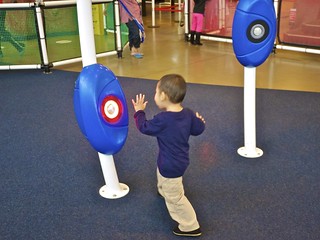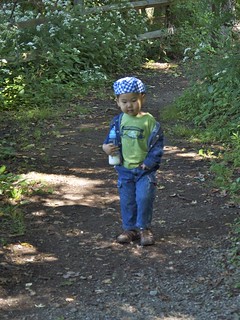 Data Points: Visualization That Means Something by Nathan Yau
Data Points: Visualization That Means Something by Nathan YauMy rating: 4 of 5 stars
This book is not about how to create data visualizations, it is about how you use visualizations to communicate data. In that respect it is not trying to be a book about tools, but a book on aesthetics, it focuses on how you evaluate different combinations of visualization options for communicating different types of information about data, not just a number of rules. In this respect, it goes considerably deeper and profound about how people comprehend and interpret visualizations than a set of pithy rules masquerading as common sense. In this respect, it is a successor to Tufte in an age where being able to try alternative visualizations and even having consumers interact with the visualizations is cheap.
The book is not a description of various types of visualizations, even though it has such descriptions and discussion of comparative assessments. It is a book on how to think about the message(s) you are trying to communicate, and how to do so in ways that can engage the reader at many layers of depth where simple messages are easily grasped, and complex messages can be absorbed with their relations and implications. Along the way he discusses the relative strengths of using different types of visual cues to communicate information (position, length, angle, direction, shapes, area, volume, saturation, hue), which is much deeper than saying 'bar charts are better than pie charts' (which is an argument that a post-doc tried to engage in with me once). After a brief introduction, he proceeds to show you by example after example of the comparative qualities of each cue, and also how they can be used in combination to show multiple levels of information and relationships.
One of my biggest insights from 'Data Points' is actually not discussed in the book. The book gives you the understanding you need to evaluate the range of combinations of means of presenting data. But about halfway through I realized that the discussion and philosophy of combining these visualizations has a name. Wilkinson's Grammer of Graphics. I have learned the ggplot implementation of Grammer of Graphics, and I favor it above other plotting families in R and Python as being more flexible and giving you more control over the result. The discussion in Data Points explains why Grammer of Graphics is important, it provides an interface for exploring combinations of aesthetics (visual cues) to communicate aspects of complex data sets. And with this, it will probably change how I present and teach visualization for data analysis.
View all my reviews





